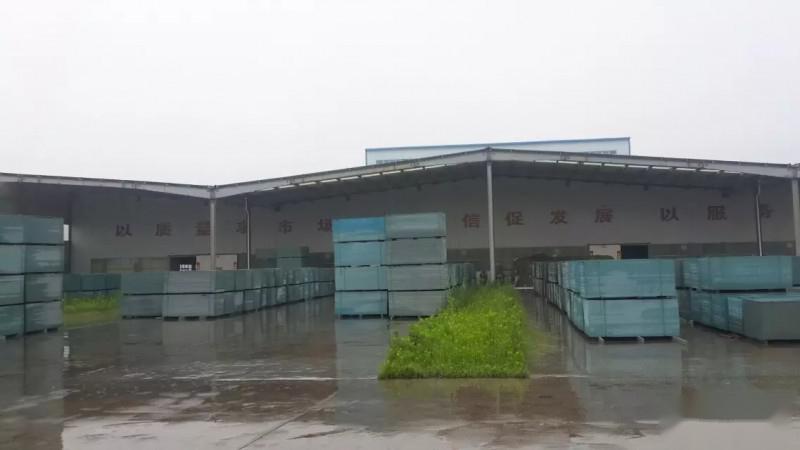Plastic formwork is a relatively new product, and it may not yet be widely promoted in the construction industry. However, many organizations and government agencies are actively promoting this green product, and some have even made its use compulsory. Nevertheless, regardless of how it is promoted, what builders are most concerned about is how to do more things at a lower cost, which means reducing expenses.
In addition to protecting the environment, the major advantage of plastic formwork is its number of cycles; the more it is used, the more costs are saved. Below, let's discuss how using plastic formwork can save 50% of costs.
A previous case was the Zhengzhou China State Construction Seventh Engineering Division's Guanhua International Project. At the time of signing the contract, the budget was over 3 million, calculated based on wooden formwork. After the upper floors were capped, only over 1 million was used, resulting in a budget savings of over 50%.

To save costs, the primary factor is that the product must meet standards. If the product does not meet the requirements, as long as it stays within budget, there is no hope of saving costs; it is better to stick to using wooden formwork.
Another point is construction site management. Since plastic formwork is a new product, some carpenters may not have used it before, and compared to wooden formwork, plastic formwork might be slightly heavier. Workers may be reluctant to use it, leading to resistance and negative comments about the product. We have encountered these issues, and these comments sound familiar, as wooden formwork faced similar situations during its promotion. The promotion of new products will inevitably go through a transition period, but this is an inevitable trend, and if the construction site insists on using it, they will adapt.
Another major issue is waste, which is also related to construction management. Sometimes, some plastic formwork can still be used, but workers may prefer to use new boards instead of old ones, which leads to significant waste. The management method used by China State Construction Seventh Engineering Division is excellent; they let two buildings use plastic formwork simultaneously and compare waste levels. If there is a significant difference between the two sides, it indicates that one side is not managing well, and they can directly address the labor issues. With a comparison in place, workers will be more careful during use, worrying about excessive waste. As a result, the cost savings for the two buildings achieved over 50%.
Many people ask me how many times plastic formwork can be reused. This is actually a difficult question for me to answer, as the number of cycles is directly related to the construction team's usage. If used normally with wear, 30 cycles are definitely possible, and there are even some that can reach 50 cycles; it depends on how you use them. If they are thrown around and mishandled, I cannot guarantee anything. Therefore, the premise for achieving 30 cycles is normal wear and tear from proper usage, not reckless waste.













